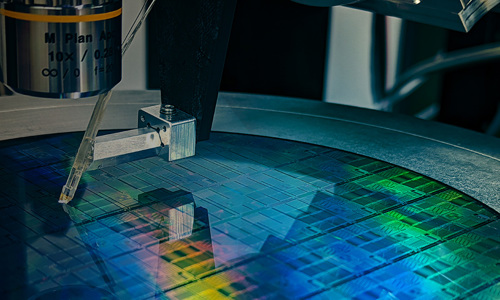Challenges of integrated photonics: testing high-precision microring resonators
Integrated photonics is driving major innovations in fields like ultra-sensitive detection systems and low-linewidth tunable lasers. Among the most critical components in this landscape are microring resonators, which are now pushing the boundaries of photonic technologies. These tiny devices, despite their size, are essential in enabling high-performance applications. However, their increasing complexity brings a significant challenge: ensuring precise spectral resolution to maintain their efficiency.
In PIC Magazine, Issue 1, 2024, EXFO’s Business Development Engineer, Dr. Sophie Lange, explores the growing demands for testing microring resonators with high Q-factors—vital for achieving the wavelength precision required by modern photonic systems. Dr. Lange explains that with spectral resonance bandwidths now often less than a picometre, capturing critical data from these components becomes more difficult as their Q-factors increase into the millions.
Traditional testing methods can no longer meet these advanced requirements. The rise in Q-factors demands femtometer-scale spectral resolution, crucial for accurately characterizing microring resonators. Achieving this precision not only ensures that spectral features are captured without distortion but also maintains the integrity of the analysis. This level of detail is necessary for applications where even the smallest deviation in resonance can impact performance.
Dr. Lange's article in PIC Magazine addresses these challenges in depth, detailing the advanced testing methodologies required to meet the demands of high-Q resonators. One standout solution is the integration of continuous wavelength tuning with fast detection capabilities. This combination allows for the full spectral contrast of resonators to be captured without compromising data integrity—a critical factor when dealing with such narrow spectral features.
For engineers and researchers, this article serves as a practical guide to navigating the complexities of testing microring resonators. Dr. Lange emphasizes the importance of not just high resolution but also excellent wavelength accuracy and repeatability. These qualities ensure that every data point is captured precisely, which is essential when testing components with such fine tolerances.
As the photonics industry continues to push the limits of what these devices can achieve, the need for precise and efficient testing solutions becomes even more pressing. The insights in this article from PIC Magazine provide valuable guidance for professionals looking to stay ahead in the rapidly advancing world of photonics. Understanding the nuances of microring resonators' spectral behavior and using the right tools to measure them accurately will be key to future innovations.



